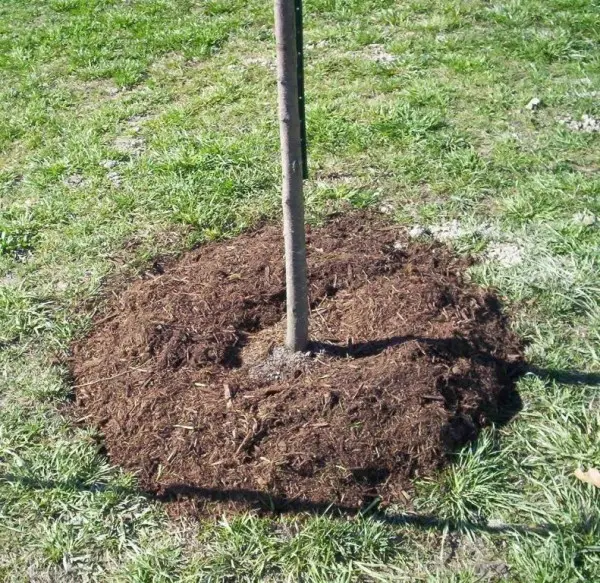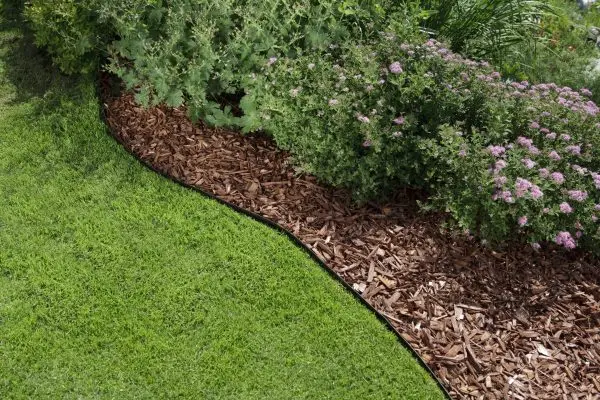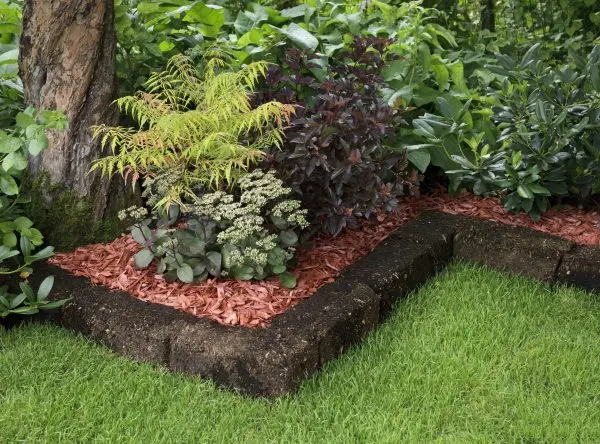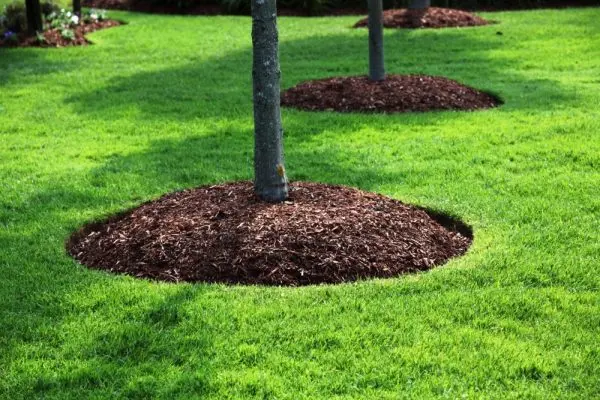Contents
Sawdust is organic matter, which is successfully used to increase yields in summer cottages. In the garden and in the garden, sawdust can be used to fertilize the soil, control weeds and pests. If you properly mulch trees and shrubs with them, you can improve the quality and extend the yield time.
Usefulness of sawdust
Sawdust consists of fiber, a variety of trace elements, resins, essential oils, so they become an excellent fertilizer for all plants. They enrich the soil with carbon, due to which beneficial microflora increases in it. They make the soil more loose, light, breathable, which simply saves heavy loamy soils.

The ability of sawdust to retain moisture can be very beneficial in dry areas and in lowlands that are affected by floods or rainstorms. To remove excess water from plants, make small trenches (30–40 cm wide, 20–25 cm deep), fill them with sawdust. And to keep moisture in the soil, produce mulching. Mulch from fresh sawdust does not allow moisture to evaporate, reflects sunlight due to its color, which means it does not allow the earth to overheat in the hottest summer. Properly organized mulching saves gardeners from the need for frequent loosening of the soil, weeding the beds, because it prevents the formation of a crust after rain. And if any weed sprouts, it is very easy to remove it from the loose, airy soil.
The roots of many shrubs are located at shallow depths; a tyrsa scattered around the stems will help provide them with the right amount of moisture.

Which tree sawdust to choose
For fertilizer, you can use chopped parts of all trees, as long as they are not treated with chemicals. But coniferous sawdust contains a lot of resin, which slows down decay, so they are not used for compost and as part of complex dressings. But they perfectly drive away the Colorado potato beetle, weevil and other pests – it is useful to sprinkle row aisles on potato beds, cover strawberries, roses or other plants for the winter. The Colorado potato beetle does not really like pine sawdust on the potato bed, but it is advisable to change them at least three times over the summer – then there will really be a result. You can mulch them with eggplant and bell pepper beds, which are also often attacked by this pest.
Most often, people use the most diverse tyrsa, not caring about tree varieties. Probably, the trees we use in construction and the furniture industry are only those that do not harm the plants in the country. The main thing is to use sawdust correctly, knowing that their excess can acidify the soil very much, and digging in fresh can deprive the earth of nitrogen. Lime, wood ash, urea or manure will help enrich the soil with useful elements without disturbing the acid balance and without reducing the amount of nitrogen.
Video “All about soil mulching”
How best to mulch the soil and why you need it.
How to use
The regular introduction of rotted sawdust with manure and ash (or lime) into sandy soil, of course, will not turn it into black soil, but it will significantly increase the fertile possibilities, and will increase the yield of literally all crops. It must be remembered that fresh sawdust is mixed with fresh manure, and rotted – only with rotted. If the soil is not too alkaline, then you can always add lime powder or ash to prevent excessive acidity.
Vegetable beds can be mulched with a thin layer of sawdust (optionally mixed with manure) immediately after transplanting. This will help retain moisture, make it less burdensome to care for plants – less often you have to loosen and weed. By the end of summer, the tyrsa will mix with the top layer of the earth and make it more loose and airy. So you can organize an unobtrusive, but constant delivery of the necessary feeding to the root system of plants.

Usefulness for trees and shrubs
You can use wood waste for mulching not only in vegetable beds. It is very useful to sprinkle the earth in a raspberry with a thick layer of sawdust. They do it this way: a thick layer of tyrsa (20 cm) is sprinkled with lime, diluted urea is poured on top. Thus, it turns out that the earth constantly receives organic fertilizer, retains moisture, a constant temperature – even in the hottest dry summer, raspberries will have enough moisture, and a thick layer of mulch will protect the soil from overheating. The owner will not often have to loosen the ground, there will also be much less weeds. The result of such care will be an increase in yield, even an extension of the fruiting period.
Currant roots are located at a depth of 10 cm from the surface, very often the earth dries out in summer or freezes in winter to such a depth. Some summer residents use wood waste to create more comfortable conditions for this plant. Tested by experience: if you mulch the ground around the bush, the currant grows better, the fruits are larger, sweeter. On large beds, it is advised to fill the whole earth with sawdust, even between rows of bushes. The same applies to other shrub plants in the country.
The ground under fruit trees is often mulched, too, in order to retain moisture, get rid of weeds or overheating. It is noticed that then more side shoots appear. In addition, young trees are covered with wood waste to protect the roots from freezing. But it is important to do this just before the cold so that the mice do not make their winter nests in warm organic mulch. It is better to cover the soil under a tree in spring with fresh tyrsa with manure – slow overheating will provide top dressing for the entire growth season. If there is a danger of excessive acidity, it is worth adding lime or ash.

Sawdust can bring as many benefits to trees and shrubs as it can to vegetables in garden beds. The main thing here is not to overdo it, otherwise you will have to remove the caked, but not rotted remains, so that they do not delay the freezing of the earth in the spring. Some summer residents, fearing spring frosts, thus (constructing a thick layer of sawdust and snow around the trunk) try to delay flowering. But competent botanists do not approve of this – not all trees can benefit.
Video “How to mulch trees”
This video tells and shows about mulching trees with sawdust and wood chips.









